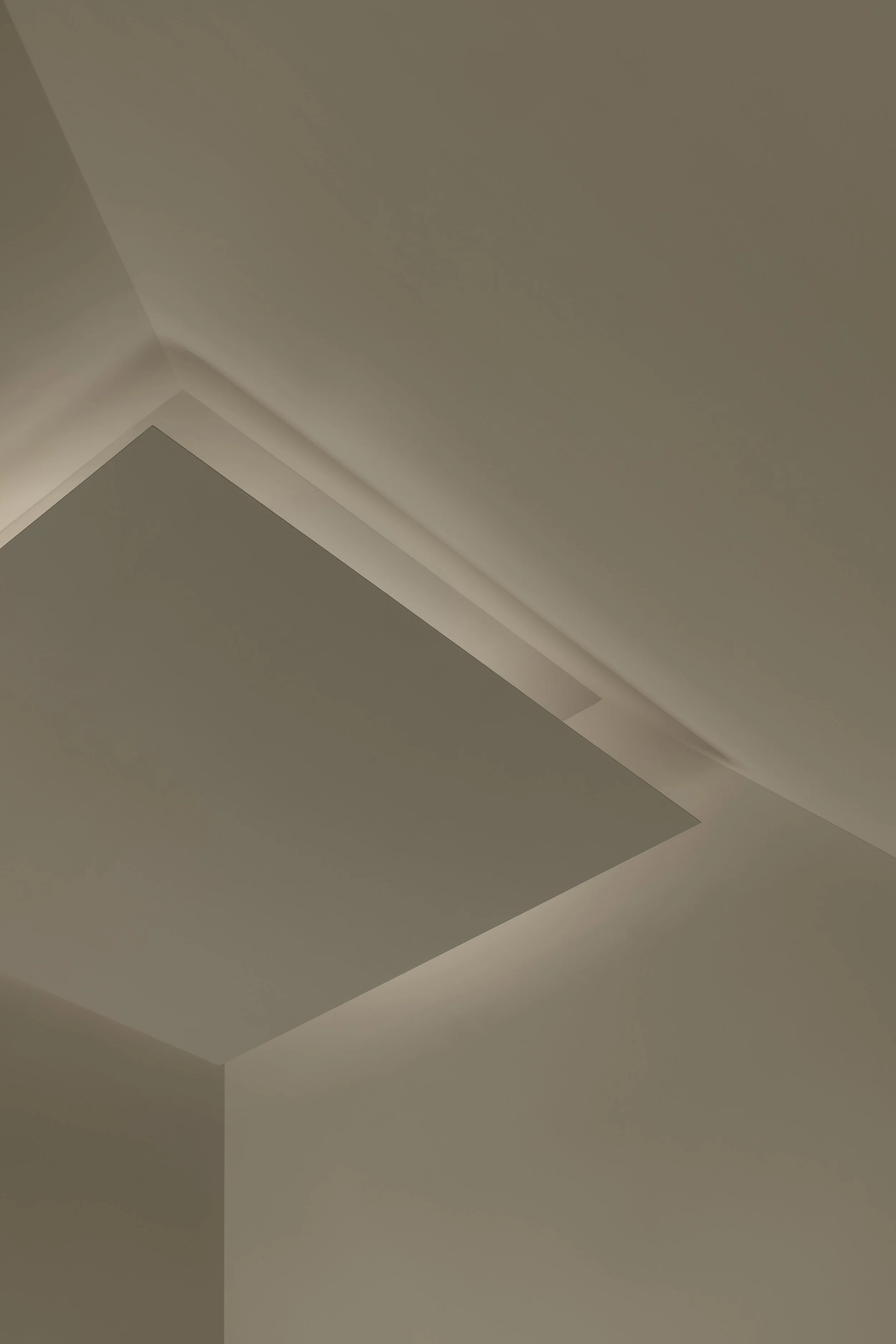We speak often about buildings, but rarely about architecture.
We discuss housing supply, heritage overlays, budgets and schedules; the tangible mechanics of building, yet seldom the invisible qualities that truly define it: space, sequence, light, proportion, the way a room opens or holds its breath.
This absence says something. Architecture is the most public of the arts, yet it attracts the least conversation. A painting hangs in a gallery; a building frames our lives. We walk through it, rely on it, inherit it. And still, we seldom pause to talk about what it means - what it does to us. Perhaps we take it for granted. Or perhaps, as with many of the arts, it has been gently side-lined, replaced by conversations about efficiency, cost and compliance.
But architecture is a barometer of culture. It records what a people value - its priorities, its aspirations, its spirit. Every era leaves a spatial trace of itself. When a culture stops talking about architecture, it stops asking what kind of world it wishes to inhabit.
Too often, the conversation that remains is about size and status - how large a house is, how many bedrooms or bathrooms it holds, how many Instagram-able moments it contains. We talk about finishes, not light; inclusions, not atmosphere. Yet these metrics say nothing of how a home actually performs - how it feels, how it breathes, how it shelters. The absence of this deeper dialogue has reduced architecture to inventory, when its real measure has always been experience.
Louis Kahn once said, “A great building must begin with the unmeasurable, must go through measurable means when it is being designed, and in the end must be unmeasured.” In his work, walls hold light as if in conversation - silence made visible. His buildings remind us that architecture is not just about function but about dignity, about giving shape to human experience. To talk about architecture, then, is to talk about time itself: how we live within it.
This is not to romanticise the discipline or ignore its practical demands. Architecture will always be tethered to construction and cost, to regulation and delivery. But the conversation could afford to reach further - to speak of atmosphere, material, and meaning. To ask not only what we build, but what we are aiming to create beyond the mere brief.
The loss of that conversation is not only to architecture’s detriment; it is everyone’s. When discussion narrows to procurement and façade, imagination is limited and numbed. We begin to see buildings merely as commodities. Yet architecture at its core is about achieving more, more than the brief, more than compliance, more efficiency, more GFA. How do you add delight, intent, craft and care? How do you make a space worthy?
Perhaps architecture’s quietness has worked against it. Unlike theatre, music, or film, it doesn’t demand our attention all at once. It often reveals itself slowly, across seasons, through occupation and use. But that slowness is also its gift. It asks us to notice - to tune our senses to the way light falls on a wall, or how a threshold shifts the mood of a room. In a world increasingly distracted, architecture’s patience might be its most radical quality.
To revive the conversation is not to intellectualise the everyday, but to reawaken curiosity. To ask: how does this space make me feel? What does it allow? What does it deny? These questions belong to everyone, not just architects.
If art can stir emotion, if music can bind memory, then architecture can ground us. It can lend coherence to our daily rituals, shape our sense of belonging, and quietly mirror who we are.
Perhaps, then, the missing conversation is less about architecture itself, and more about us, about what we choose to notice, to value, and to build.



